The new TIR technology developed by Dr. Nguyen Doan Quoc Anh and his colleagues is applied to make LED reflectors to increase lighting efficiency and reduce operating costs, receiving first prize at the 2023 Science Initiative Competition.
The project was carried out by a research team from the Faculty of Electrical and Electronics Engineering, Ton Duc Thang University, including Dr. Nguyen Doan Quoc Anh, Dr. Tran Dinh Cuong, Dr. Ho Dang Sang and Phan Thi Minh Man.
The new TIR lens technology is a total internal reflection lens (also known as a reflector) attached to the LED lamp to help direct all emitted light forward and distribute the light more evenly. The new TIR lens technology helps reduce costs, increase efficiency and uniformity of light emission, thereby improving the quality and application of LED lamps. The research team also optimized the technology to be able to apply to many different LED products, used in the fields of civil lighting and industry, agriculture and fisheries.
Dr. Quoc Anh, representative of the research team, shared that the TIR lens solution is widely used in many commercial LED lights because it can adjust the incoming light beam with a wider angle than traditional reflectors or other types of lenses. However, TIR lenses often do not achieve total internal reflection, so a white retaining ring is needed to retain the emitted beam and focus it forward to ensure efficiency. "The white retaining ring can achieve 95.85% efficiency but the cost is high," he said.
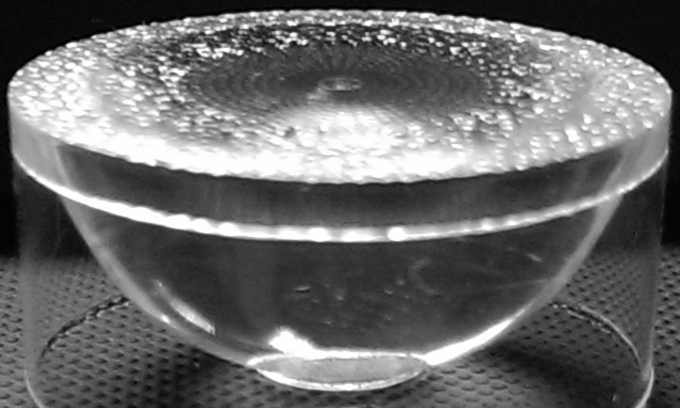
A sample LED light using the new TIR Lens. Photo: Research team.
With the goal of improving the quality and application of LED lights, the group of scientists has researched and developed a new TIR lens technology that does not require the use of a white retaining ring (helping to reduce product costs by 30%). In particular, it achieves a luminous efficiency of over 95%, with a higher uniform illumination increase than current commercial LED lights.
Dr. Quoc Anh said that the research team came up with the idea in 2014, carried out the change of light distribution; surveyed the color change to find ways to increase light efficiency and save costs. In 2016, scientists simulated calculations on specialized optical software, then designed and manufactured the model. After more than 3 years, the new TIR lens was born, including the design of multi-segment collimator (MSOC) and multi-structured optical surface (MSOS), to adjust the emission angle of the incident ray and reflect all the incident light to increase the uniformity of the light emission. That is, the new lens can redistribute blue light radiation and yellow light radiation, thereby improving the quality of white light color.
To implement the application, the team used measuring equipment for research, measured and compared the results with the sample results and calibrated. Experimental results comparing the uniformity of light distribution showed that the luminous uniformity index when using the new TIR lens was superior to that of lens 1 by 122.4% and lens II by 495.3% at a 500 mm2 illumination surface. This success helped the new TIR lens research receive a USPTO (USA) Patent in 2022.
After a long process of designing, manufacturing samples and obtaining patents, Dr. Quoc Anh and his colleagues expect the product to be commercialized on the market. "The new TIR lens technology is simple to use, easy to deploy and can be widely applied, bringing economic value to society and the community," he said.
Sharing with VnExpress , Dr. Trinh Xuan Thang, Deputy Director of the Center for Research and Development of High-Tech Parks, Ho Chi Minh City High-Tech Park, assessed the product of Dr. Quoc Anh and his colleagues as a new technology with unique ideas.
According to Mr. Thang, one of the major problems when using white LEDs is achieving high uniformity. In addition, the energy efficiency of LEDs is also a top concern for manufacturers and users. TIR Lens technology has helped to use LEDs in lighting with higher quality light sources (achieved higher LED light color uniformity) and high energy efficiency, on par with the world's leading technologies today.
"The group of authors has come up with ideas and technology that solve major problems in using LEDs, so the possibility of commercialization is very feasible," said Dr. Thang.
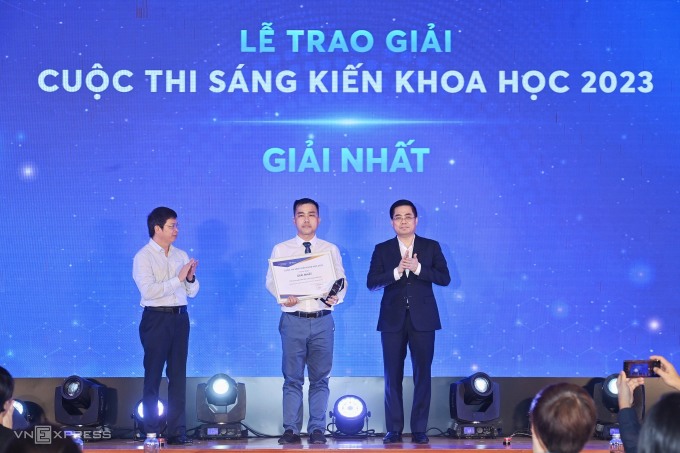
Dr. Nguyen Doan Quoc Anh (middle) received the First Prize of the 2023 Science Innovation Competition with a new TIR lens solution for high-power LEDs. Photo: Giang Huy
Dr. Nguyen Doan Quoc Anh's project was highly appreciated by the Jury, with a good idea and a methodical and detailed research process. According to scientists, commercialization is completely feasible when meeting industrial standards. The product received the first prize worth 70 million VND at the 2023 Science Initiative Competition.
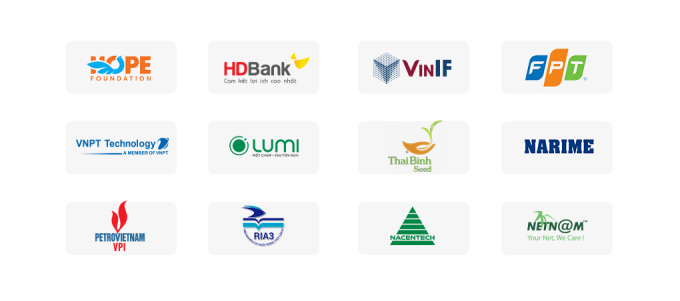
Nhu Quynh
Source link


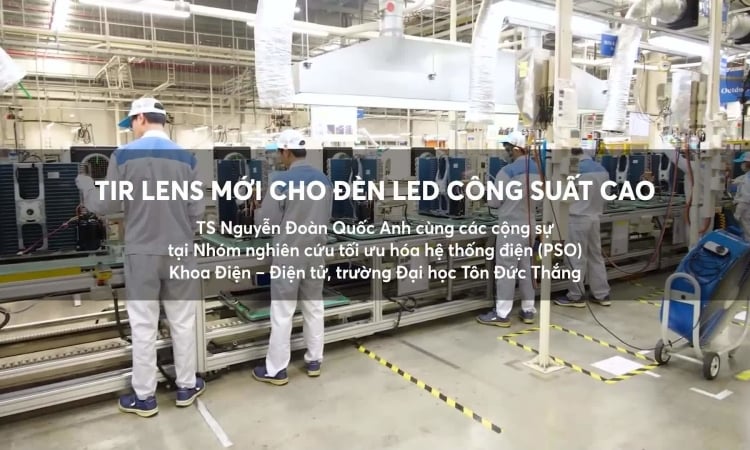


![[Photo] Closing of the 11th Conference of the 13th Central Committee of the Communist Party of Vietnam](https://vstatic.vietnam.vn/vietnam/resource/IMAGE/2025/4/12/114b57fe6e9b4814a5ddfacf6dfe5b7f)

![[Photo] Overcoming all difficulties, speeding up construction progress of Hoa Binh Hydropower Plant Expansion Project](https://vstatic.vietnam.vn/vietnam/resource/IMAGE/2025/4/12/bff04b551e98484c84d74c8faa3526e0)

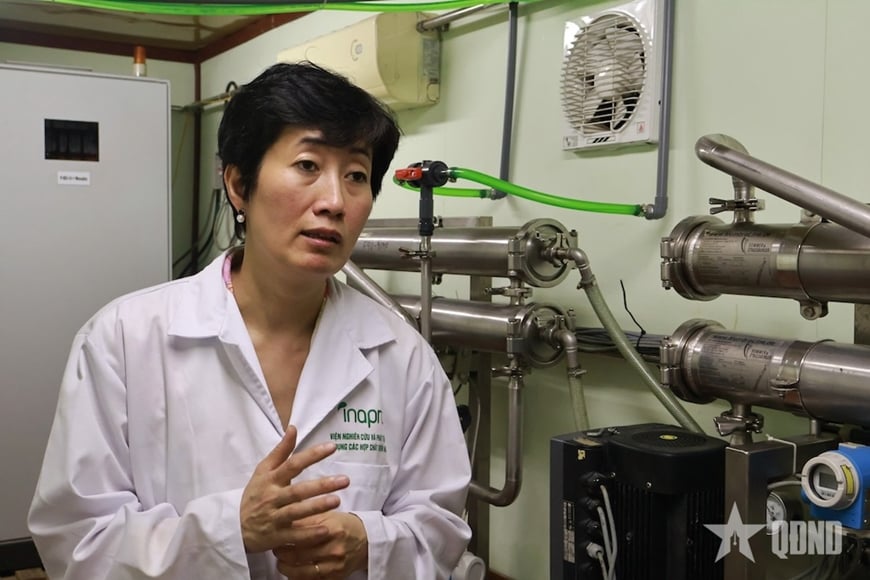







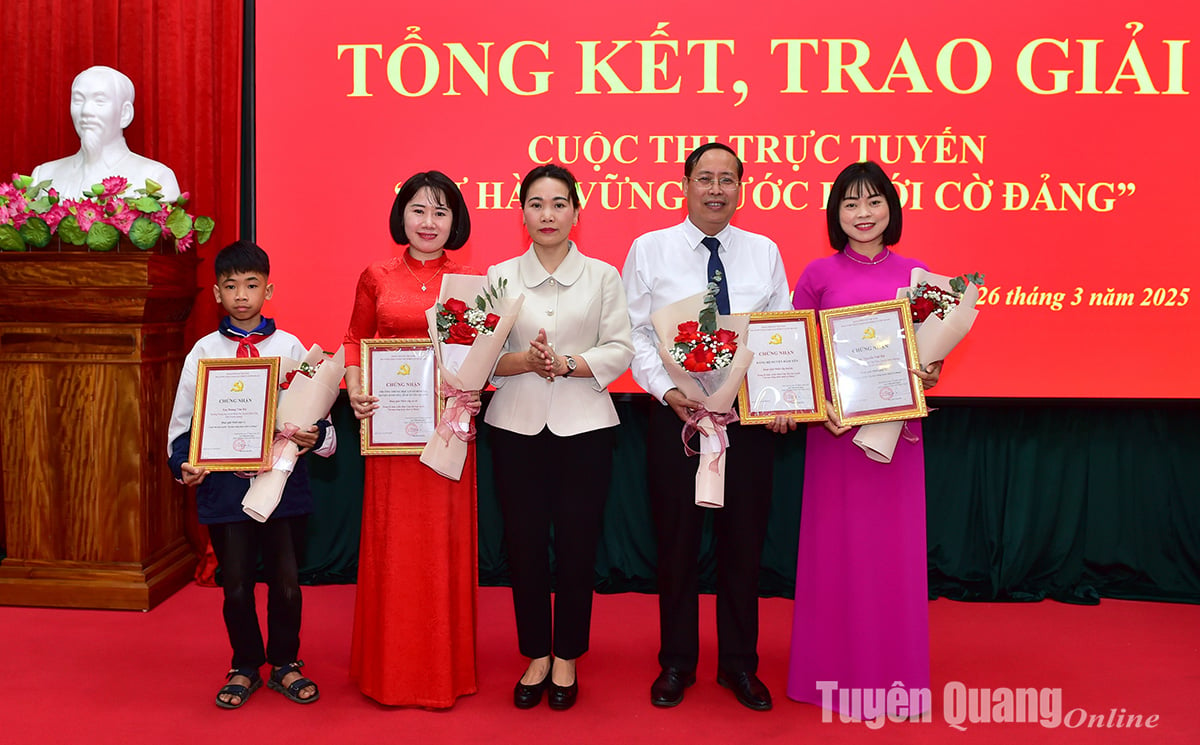



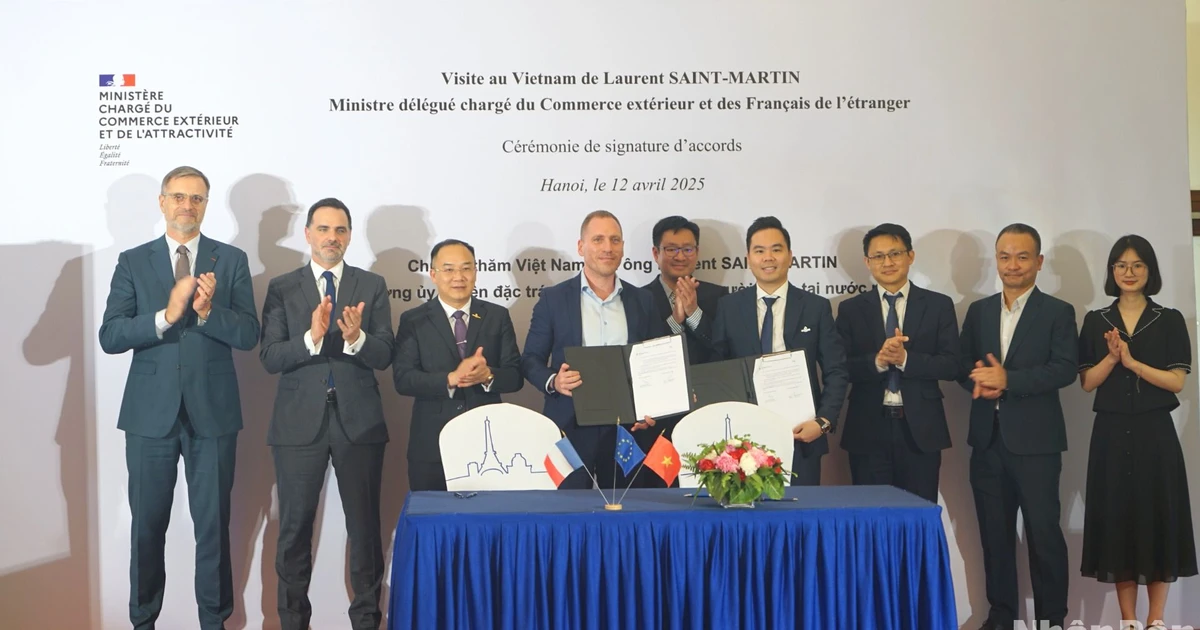
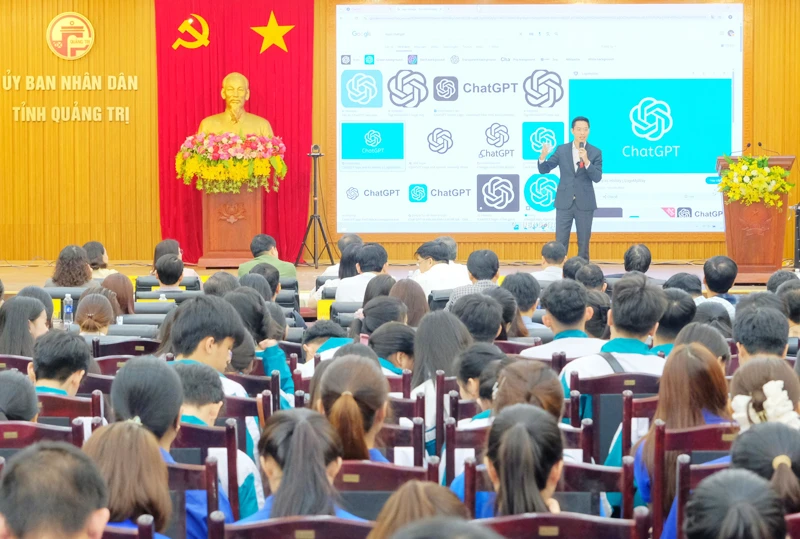


























































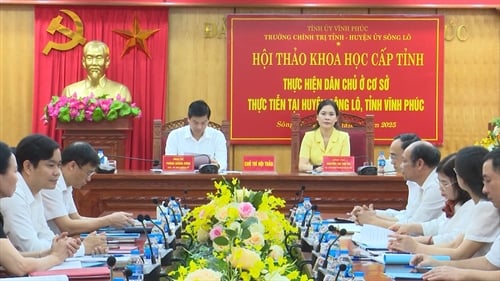

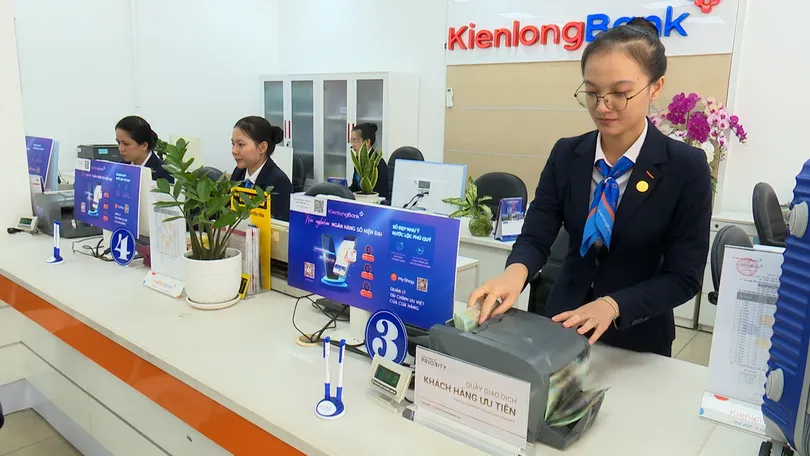
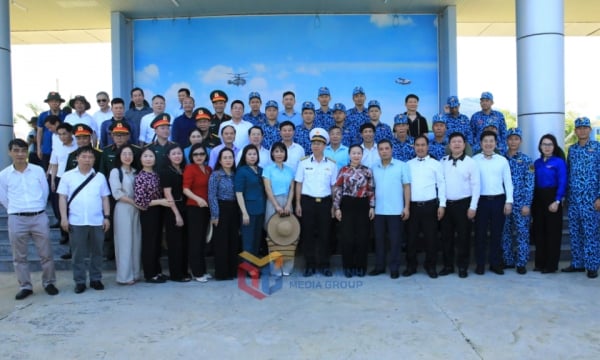










Comment (0)